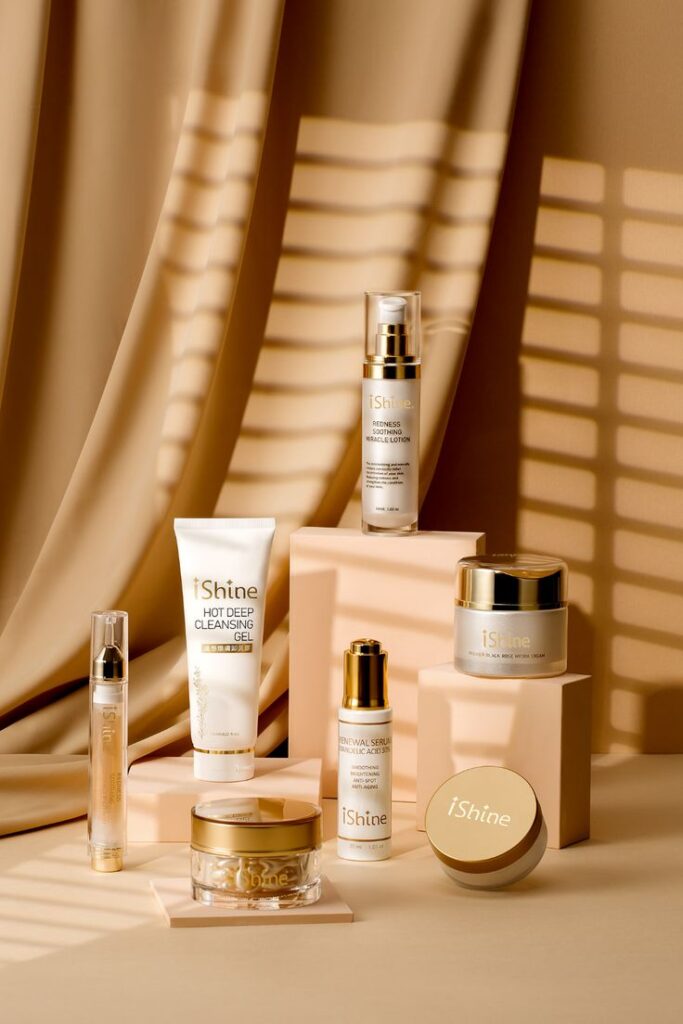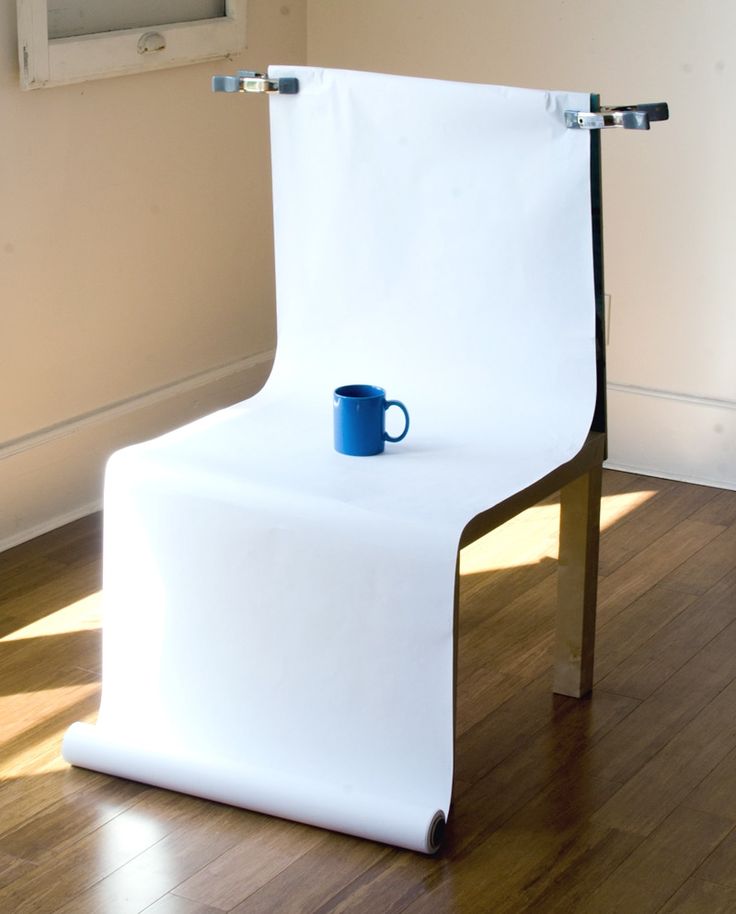

In the digital age, eye-catching visuals are crucial for capturing the attention of potential customers. High-quality product photography can make all the difference, whether you’re running an online store, a social media page, or a personal blog. The good news is that you don’t need a professional camera to achieve stunning results. Your mobile phone, with its advanced camera capabilities, can be a powerful tool for product photography. Here’s how to make the most of it.

1. Prepare Your Equipment
Before you start snapping photos, ensure you have the right tools:
- Smartphone: Most modern smartphones come equipped with excellent cameras. Make sure yours is clean and free of smudges.
- Tripod: A tripod stabilizes your phone, reducing blurriness and allowing for consistent shots.
- Lighting: Natural light is your best friend. If shooting indoors, position your product near a window. For consistent results, consider using a lightbox or affordable LED lights.
- Backgrounds: Simple, clean backgrounds work best. White, black, or neutral-colored backdrops help your product stand out. You can use foam boards, fabric, or even large sheets of paper.
2. Set Up Your Space

A clutter-free environment helps focus attention on your product:
- Clean and Declutter: Remove any unnecessary items from your shooting area.
- Stabilize Your Phone: Use a tripod to keep your phone steady and at the same angle for multiple shots.
- Lighting Position: Ensure your lighting is even and minimizes harsh shadows. Position your light source at a 45-degree angle from your product.
3. Adjust Your Camera Settings
Take control of your phone’s camera settings for the best results:
- Grid Lines: Enable grid lines in your camera settings to help with composition and alignment.
- Focus and Exposure: Tap on your product on the screen to set focus and adjust exposure. Many phones allow you to lock these settings for consistent shots.
- HDR Mode: High Dynamic Range (HDR) can help balance light and dark areas in your photos. Experiment with it to see if it improves your images.
4. Composition and Angles
How you frame your product can significantly impact its appeal:
- Rule of Thirds: Use the grid lines to position your product off-center for a more balanced composition.
- Angles: Take multiple shots from different angles – front, back, side, and top-down. Highlight unique features or details that make your product stand out.
- Fill the Frame: Make sure your product is the focal point of the image by filling the frame with it.
5. Lighting Techniques
Lighting is crucial for capturing the true colors and details of your product:
- Natural Light: Use natural light whenever possible. Soft, diffused light from a window can create beautiful, even lighting.
- Artificial Light: If using artificial lights, try to use at least two light sources to minimize harsh shadows. A lightbox can provide a well-lit environment with minimal setup.
- Reflectors and Diffusers: Use reflectors to bounce light onto your product and diffusers to soften harsh light.
6. Editing Your Photos
Post-processing can enhance your photos and correct any minor issues:
- Editing Apps: Use mobile editing apps like Adobe Lightroom, Snapseed, or VSCO to adjust brightness, contrast, saturation, and sharpness.
- Consistency: Maintain a consistent style across your photos by using similar filters and adjustments. This creates a cohesive look for your brand.
- Cropping and Alignment: Ensure your product is centered and aligned correctly. Crop out any distractions from the edges of your photos.
7. Showcasing Your Product

Finally, present your product in a way that appeals to your audience:
- Contextual Shots: Show your product in use or in its intended environment to help customers visualize its purpose.
- Detail Shots: Capture close-ups of unique features, textures, or intricate details.
- Group Shots: If you sell multiple related items, photograph them together to highlight variations or complementary products.






Leave a Reply